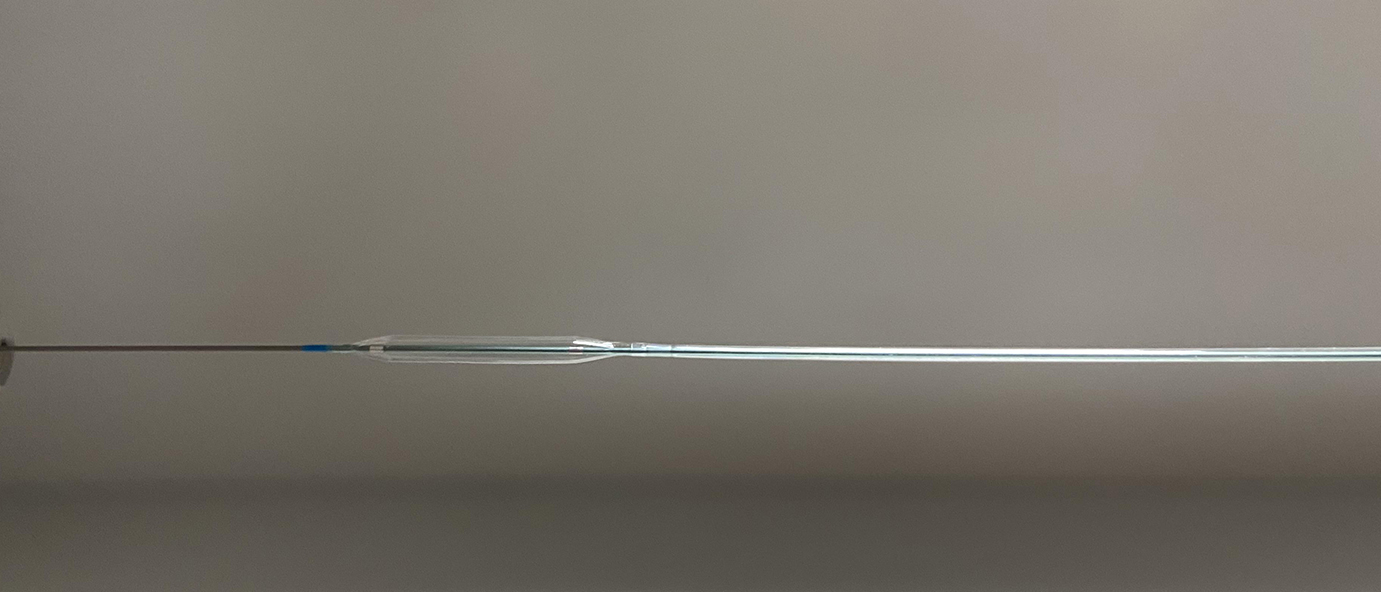Interventional Therapy
Interventional Therapy – Biocoating – Cheersonic Nozzle
Definition of Interventional Therapy
Interventional therapy is an emerging treatment method between surgery and medical treatment. To put it simply, interventional therapy is to make tiny channels with a diameter of several millimeters in blood vessels and skin without exposing the lesions, or through the original pipes of the human body, in the imaging equipment (angiography machine, fluoroscopy machine, CT, MR. , B-ultrasound) is a minimally invasive treatment method for local treatment of the lesion. Following traditional drug therapy and surgical thoracotomy, interventional therapy has created a new era of modern medical care with its advantages of less interventional trauma, less surgical risk, and obvious curative effect.

Development Trend of Interventional Materials Industry
Interventional materials and devices is a multidisciplinary field that includes materials, medicine, mechanical manufacturing, and physical chemistry. China has huge demand in the fields of high-value biological materials, precision processing, and medical device evaluation and testing, but domestic related industries cannot meet the demand, resulting in the current situation where foreign-invested products dominate high-end materials and devices and can only rely on imports. With the continuous increase of the state’s support and investment in strategic emerging industries and the continuous strengthening of the determination to attack, the development of interventional materials and equipment will definitely drive the common progress of the following related industries:
High-value medical biomaterials
The main raw materials required for interventional medical devices include stent tubes, catheters, wires, etc. are high value-added biological materials, some of which are more expensive per unit than gold, and the materials are required to have good strength, plasticity, biocompatibility and corrosion resistance. At present, there is no mature application-oriented raw material system in China, and the drug-mechanical combination and drug-eluting process of stents, catheters, and guide wires still need to be improved. It can be expected that the development of domestic interventional therapy medical applications will definitely drive the development of high-value biomaterial technology industries.
Precision machining manufacturing industry
Catheter braiding technology, processing technology of shape memory alloy, processing and welding of guide wire and manufacturing of mechanical valve, etc., all belong to the category of precision machining or even ultra-precision machining. The development of interventional materials and instruments, especially the development of catheter guide wires with relatively backward domestic technology, will strongly promote the development of the precision machining and manufacturing industry. The products of the precision machining and manufacturing industry are not limited to the medical field. Precision machining technology can serve all aspects of society and promote the technological progress of the entire society.
Medical device evaluation and testing
At present, more than 85% of diagnostic evaluation devices such as angiography machines in the domestic market rely on imports. In addition, software and equipment in the fields of structural design and structural finite element simulation analysis of interventional aids are almost absent. Interventional devices are the third type of medical devices with the strictest control. The development of interventional devices can drive the development of the evaluation and testing industry, which in turn can promote the development of interventional devices, shorten their research and development cycles, detect and help improve the performance of devices in a timely manner. A virtuous circle.
Features of Interventional Medicine
Interventional therapy is characterized by less trauma, simplicity, safety, effectiveness, fewer complications and significantly shorter hospital stay.
1. For diseases that require medical treatment, the advantages of interventional therapy compared with medical treatment are: the drug can directly act on the lesion, which can not only greatly increase the drug concentration in the lesion, but also greatly reduce the dosage of the drug and reduce the side effects of the drug.
2. For diseases requiring surgical treatment, the advantages of interventional therapy over surgical treatment are:
1) It does not require surgery to expose the lesions. Generally, only a few millimeters of skin incision can be used to complete the treatment. The skin damage is small and the appearance is beautiful.
2) Most patients only need local anesthesia instead of general anesthesia, thus reducing the risk of anesthesia.
3) The damage is small, the recovery is fast, the effect is satisfactory, and the impact on the normal organs of the body is small.
4) For malignant tumors that are difficult to treat at present, interventional therapy can try to limit the drug to the diseased part and reduce the side effects on the body and other organs. Some tumors are equivalent to surgical resection after interventional therapy.
Article source: Medtec China
Cheersonic is the leading developer and manufacturer of ultrasonic coating systems for applying precise, thin film coatings to protect, strengthen or smooth surfaces on parts and components for the microelectronics/electronics, alternative energy, medical and industrial markets, including specialized glass applications in construction and automotive.

